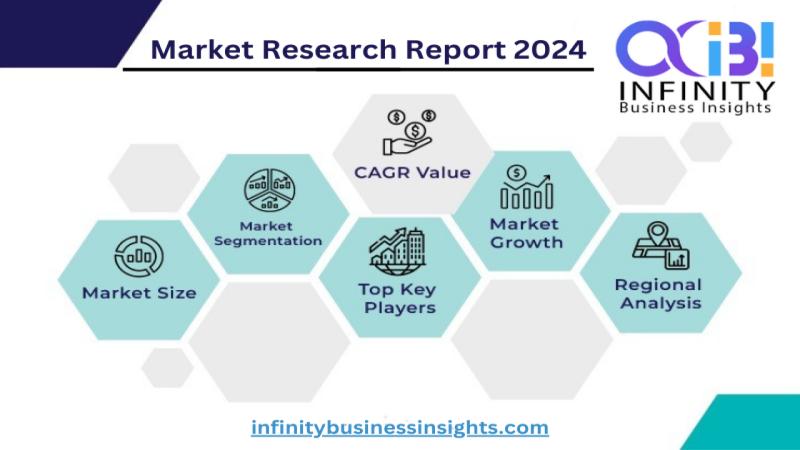Customer Personalization
Tierney – stock.adobe.com
There’s a careful balance between privacy and personalization that marketers must master to create an effective customer engagement and retention strategy. Yet the dynamic digital marketing landscape constantly threatens to overwhelm marketers by presenting new challenges — and opportunities — for them to contend with.
One challenge many marketers face is being able to access and act on consumer data. Big Tech companies like Google, Meta, and TikTok are making it more difficult for brands to form direct relationships with their audience. By creating walled gardens around consumer data, these companies effectively step in between the brand and consumer, making it harder for brands to understand their audience and use this data for personalization initiatives.
At the same time, Google plans to move forward with the deprecation of third-party cookies in the first half of 2025. This means marketers must find a new way to understand consumer behaviors online and leverage this information to create personalized customer experiences, while respecting consumers’ expectations for privacy and new regulations being enacted.
As if these challenges weren’t enough, marketers must update their data strategies while managing tighter and tighter resources: recent research reveals that marketing budgets have declined 15% on average in 2024. Customer retention is even more critical because of this. It’s commonly noted that retaining existing customers is more cost-effective than acquiring new ones.
To better understand how marketers collect customer data and use it to personalize their engagement and retention strategies amid this landscape, Acoustic, a global marketing and customer engagement provider for B2C brands, recently commissioned Forrester Consulting to survey over 1,200 marketing decision-makers around the world. I spoke with Jessica Mok, Director of Marketing Strategy at Acoustic, to understand the results of the study and how brands can proceed with creating privacy-focused personalized customer experiences.
Driving Results with First-Party Data
It’s no secret that personalization works. Research from McKinsey & Company finds that companies that “excel” at personalization can realize 40% more revenue than those that achieve “average” personalization. But to create truly personalized customer experiences, marketers need a deeper understanding of their audience — one that ensures brands are leveraging the data consumers want and expect them to have, enabling them to understand how to best engage with each individual based on their interests and preferences.
According to a recent Prosper Insights & Analytics survey, most consumers are very or somewhat concerned about the privacy of their personal identity when shopping online. Baby Boomers are most concerned (68.1%), followed by Gen-X (64.2%), and U.S. Adults 18+ (61.8%). While Millennials and Gen-Z consumers are less concerned than these groups, over half of survey respondents in these categories still report being concerned. Given this, it’s critical for brands to consider privacy when creating targeted customer experiences or the personalization they provide will deter consumers rather than engage them.
Prosper – How Concerned About Privacy of Personal Identity When Shopping Online
Prosper Insights & Analytics
Enter first-party customer behavioral data as a powerful means for creating privacy-first personalized experiences. According to Mok, by moving away from dated third-party cookies and prioritizing first-party behavioral data like consumers’ preferences, purchase intent, and any frustration they experience along the customer journey, brands can make customers feel valued and understood, encouraging repeat purchases, and even increasing customer lifetime value.
Based on Acoustic’s commissioned research, marketers expect positive impacts to customer acquisition costs (83%), customer satisfaction (78%), brand awareness (75%), conversion rates (73%), and ROI (72%) when first-party behavioral data is incorporated into their marketing strategies.
“It’s not enough for marketers to collect demographics or static data like previous purchases,” says Mok. “Marketers need richer, dynamic insights into customers and their intent across the customer journey. By collecting first-party data from their owned properties like email, SMS/MMS, mobile push, and their brand’s website, they can create personalized experiences that respond to customers’ needs in the moment while ensuring they comply with privacy laws and consumer expectations.”
Yet Acoustic’s study also finds there’s a gap in marketers’ execution of real-time personalization. While 75% of respondents understand that collecting real-time experience data is critical to their business, less than half (47%) currently collect this data.
Effective Personalization Throughout the Marketing Funnel
Although it’s currently a challenge for brands, real-time data can be immensely powerful for responding to customer needs.
“The ultimate goal of every marketer is to orchestrate customer experiences that lead to conversions — preferably, repeat conversions. To achieve this, they need to be able to act in the moments that matter,” says Mok. “For example, using behaviors and signals to understand when there’s a significant change in a customer’s interest, you can push them into a different journey or trigger a personalized message with a tailored offer that leads to cross-sell and up-sell opportunities based on the change. A strategy like this enables the brand to get even closer to individualized customer engagement while improving marketing efficiency.”
This example points to another important finding from Acoustic’s commissioned survey. Only 45% of respondents do any kind of journey orchestration using first-party behavioral data, often only applying this data to the initial stages of the customer journey rather than throughout the marketing funnel.
Mok explains, “The potential of first-party behavioral data to unlock new levels of personalization can’t be realized if it’s not leveraged throughout the customer journey. Understanding how consumers engage with a brand over time opens new opportunities for continued engagement rather than one-off interactions.”
However, while there is so much customer data produced by the interactions consumers have with brands’ owned channels, many are still limited by the technology they have in place. Acoustic’s commissioned study finds that marketing automation (73%), audience management and segmentation (69%), personalizing customer outreach (67%), and analyzing customer data and signals (66%) are among the top challenges marketers face when it comes to their tech stacks.
According to Mok, Acoustic aimed to get ahead of these tech challenges with the launch of Acoustic Connect, a customer engagement platform designed to enable marketers to not only capture customer insights but also act on these insights across the customer journey and campaign process from a single solution. Mok says, “Technology should help marketers overcome challenges rather than add to their heavy burdens. Acoustic Connect makes it easier to gather first-party behavioral data, analyze it, and act on it, without relying on third-parties or external resources.”
To Future-Proof Marketing, Focus on the Basics
While advertising and social media platforms are important, Mok says that “tried-and-true channels” like email, SMS/MMS, and mobile push notifications can’t be overlooked. “These channels already exist in a marketer’s toolbox. In many ways, they’re the foundation of brands’ personalization strategies,” she explains.
Because brands have direct, uninterrupted access to customers without interference from third-party algorithms or policies, owned channels provide rich, first-party behavioral data that can fuel next-level personalization initiatives.
Mok recommends focusing resources on these channels with the goal of improving retention efforts and growing customer value, particularly as budgets constrict and marketers are pressed to prove ROI from their campaigns. According to Mok, “With a comprehensive first-party behavioral data strategy in place, brands can future-proof their personalization efforts and demonstrate ROI from their investments by accelerating customer engagement and retention. It’s a win-win for brands and consumers.”





